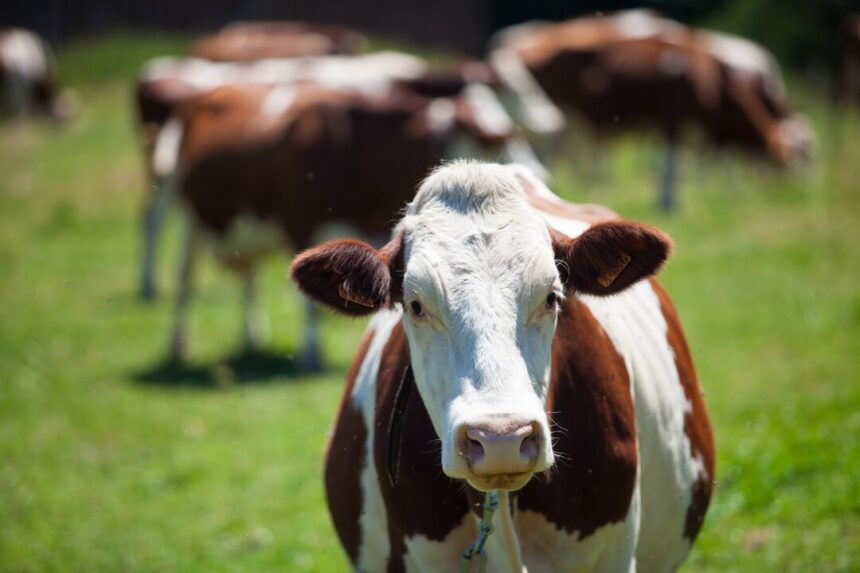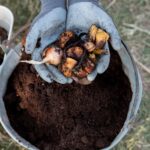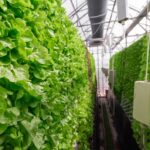Ayrshire cattle, known for their distinctive red and white coat, are a popular breed in South Africa, prized for their versatility, adaptability, and high milk production. Breeding and farming Ayrshire cattle require careful consideration of various factors to ensure the health, productivity, and overall well-being of the herd. If you’re considering venturing into Ayrshire cattle farming in South Africa, here are 10 key insights to guide you on this rewarding journey:
- Origin and Characteristics:
Ayrshire cattle trace their origins to Scotland and are recognized for their distinctive red and white coat patterns. They are medium to large-sized cattle, known for their alert and friendly disposition. Ayrshires are prized for their adaptability to various climates, making them well-suited to the diverse regions of South Africa. - Adaptability to South African Climates:
Ayrshire cattle are renowned for their adaptability to different climates, and this is particularly advantageous in South Africa, where the climate can vary from region to region. Whether in the temperate Western Cape or the warmer Kwazulu-Natal, Ayrshires can thrive with proper management and care. - Milk Production:
Ayrshire cattle are excellent milk producers, and they are valued for the quality of their milk. Farmers in South Africa often choose Ayrshires for their ability to yield large quantities of milk with good butterfat content. This makes them an ideal choice for dairy farming operations. - Nutritional Requirements:
Proper nutrition is paramount for Ayrshire cattle, especially when aiming for optimal milk production. A well-balanced diet that includes quality forage, grains, and supplements is essential. Consult with a livestock nutritionist to create a feeding plan tailored to the specific needs of Ayrshire cattle. - Health and Disease Management:
Maintaining the health of Ayrshire cattle is crucial for a successful farming operation. Regular veterinary check-ups, vaccinations, and preventive measures against common diseases are imperative. Implementing biosecurity measures can also help safeguard the herd from potential health threats. - Breeding Programs:
Developing a strategic breeding program is vital for achieving desired traits in Ayrshire cattle. Consider factors such as milk production, conformation, and temperament when selecting breeding stock. Work closely with experienced breeders or consult with agricultural extension services for guidance on breeding programs. - Housing and Facilities:
Providing proper housing and facilities is essential for the well-being of Ayrshire cattle. Ensure that the facilities are designed to accommodate their size, and provide adequate ventilation, bedding, and access to clean water. Shelter should protect them from extreme weather conditions. - Reproductive Management:
Efficient reproductive management is crucial for sustaining a healthy and productive Ayrshire herd. Implement a well-defined breeding calendar, monitor heat cycles, and consider artificial insemination to enhance breeding success. Keep detailed records to track reproductive performance. - Grass-Based Systems:
Ayrshire cattle thrive on grass-based systems, making rotational grazing a favorable practice. Implementing sustainable grazing systems not only benefits the cattle’s nutrition but also promotes soil health and pasture regeneration. - Industry Associations and Support:
Joining industry associations and networks can provide valuable support and resources for Ayrshire cattle farmers in South Africa. Associations offer access to expertise, breeding programs, and a platform for networking with other farmers who share similar interests and challenges.
Embarking on Ayrshire cattle farming in South Africa requires a combination of knowledge, dedication, and a commitment to best practices. By staying informed about the breed’s characteristics, health management, and industry trends, farmers can create a thriving Ayrshire cattle operation that contributes to both the agricultural landscape and the country’s dairy industry.
Join 'Farmers Mag' WhatsApp Channel
Get the latest Farming news and tips delivered straight to your WhatsApp
CLICK HERE TO JOIN






